Collectors’ editions — the Hot Wheels cars too good to crash
Hot Wheels, those lairy die-cast cars, have morphed into serious collectors’ items, with passionate hoarders, says Stephen Dobie
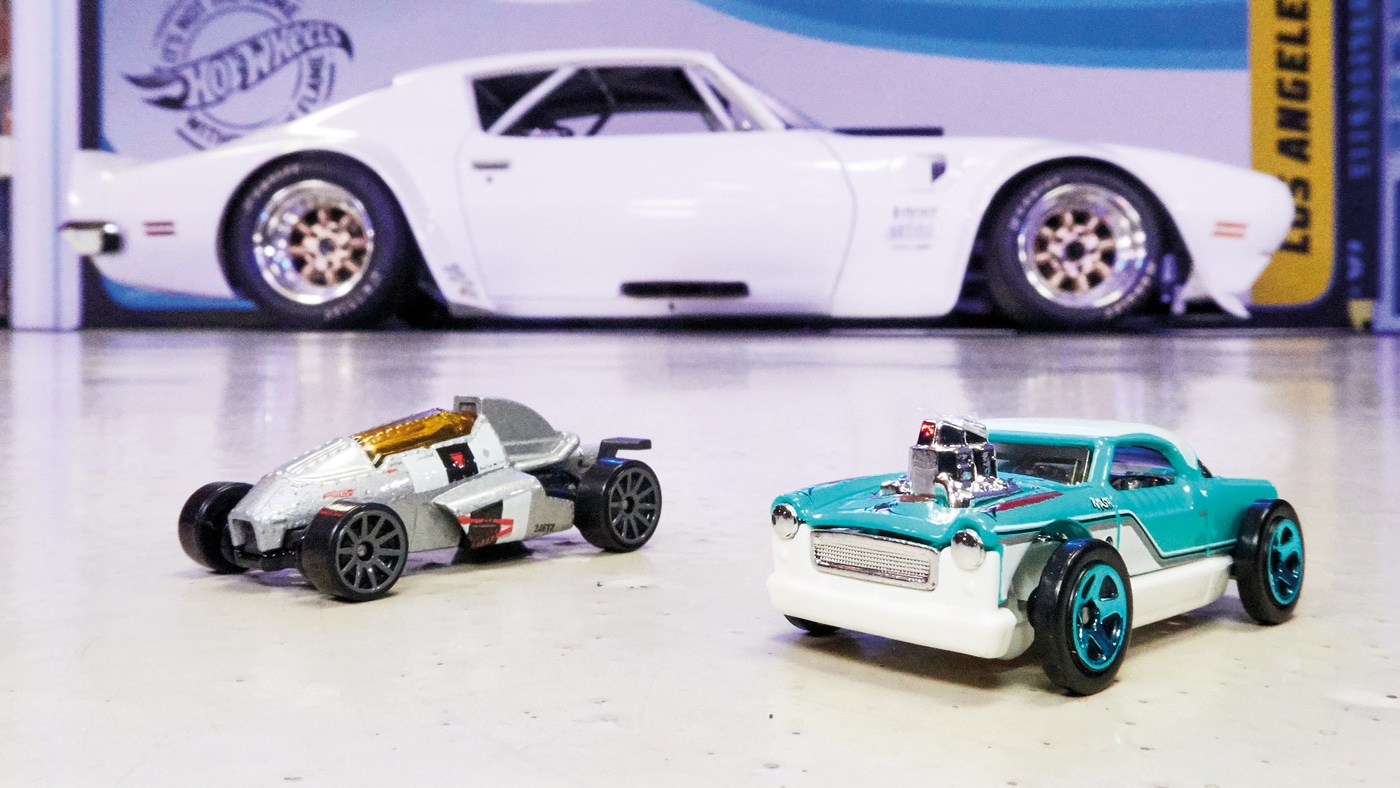
In the Hot Wheels Legends Tour, a real-life car that catches judges’ eyes is immortalised in 1:64 scale. From left: 2JetZ (2018) and The Nash (2019). Background: 2020 winner, a 1970 Pontiac Firebird
Andrew Ferraro
As endorsements go, it’s a pretty good one. American driver Patrick Long has winners’ trophies from 24-hour races at Daytona, Le Mans and the Nürburgring as well as the Bathurst 12 Hour, but he has another automotive passion: “As a kid I was very into die-cast toys,” he says, “but when I had my first child I really got back into Hot Wheels and started picking one up for him, and one up for me.”
Long is not alone. Hot Wheels sales are estimated to have passed the eight billion mark since the brand launched in 1968. It was the brainchild of Elliot Handler (whose wife Ruth brought Barbie to market); the very first example was a blue Custom Camaro.
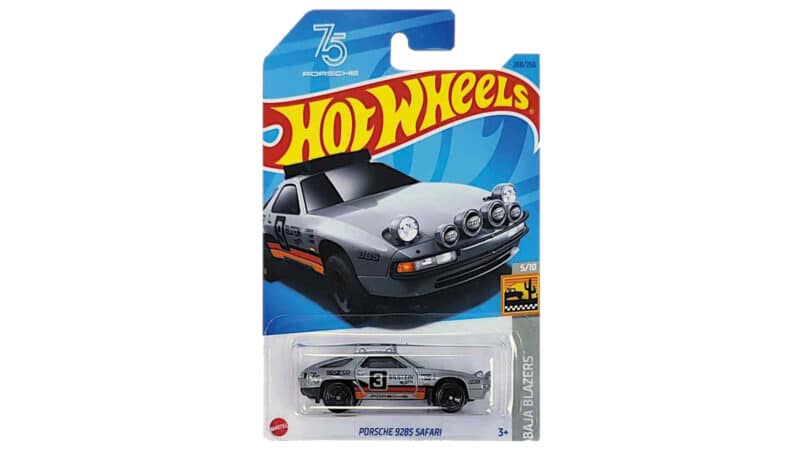
Hot Wheels’ Porsche 928S Safari off-roader has raised suspension and spotlights
Porsche AG
Now there’s a car made every 16 seconds – equating to around 500 million each year – and the range is unfathomably diverse, from wheeled hot dogs at one end of the spectrum to fiendishly accurate racing car replicas at the other.
“I mainly collect Porsches,” Long affirms. “There are too many offerings to focus on more than one brand. Otherwise my house would be full of them! I probably have 200 Porsches in total, spanning 40 years and different eras.”
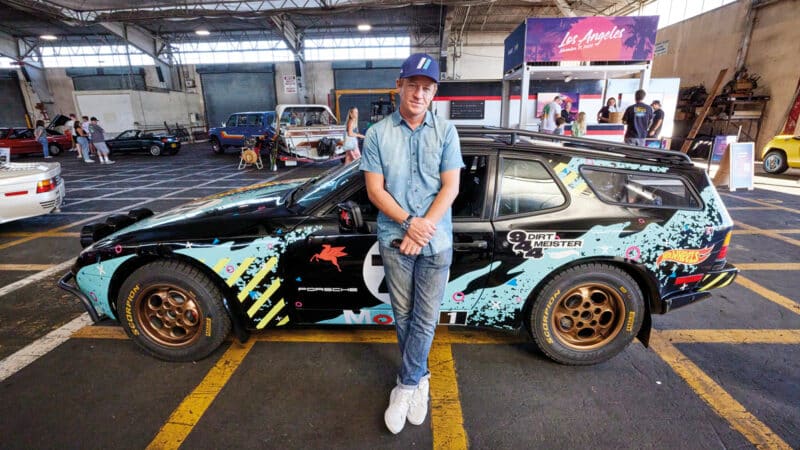
US racing driver Patrick Long has a large collection of Porsche Hot Wheels cars
David Chickering
His love of the brand has resulted in him getting involved in the process of bringing Hot Wheels to life thanks to a tie-up between head company Mattel and Luftgekühlt, the racer’s events series which celebrates a love of air-cooled Porsches.
“The design team at Mattel happened to be one mile from where I was living,” he grins. “They’d seen Luftgekühlt and liked what we were doing, so they asked if I wanted to go and meet them. So I saw behind the scenes – from where Barbies are made to the next line of Hot Wheels being developed – and I really got to know them. It’s such a young, forward-thinking team, one which does a great job of celebrating its history and its legends. I saw a lot of parallels with Porsche. I’m basically a fan, so I’m very proud to have actually designed a few Hot Wheels of my own. When you stop and think about it, that’s pretty cool!’
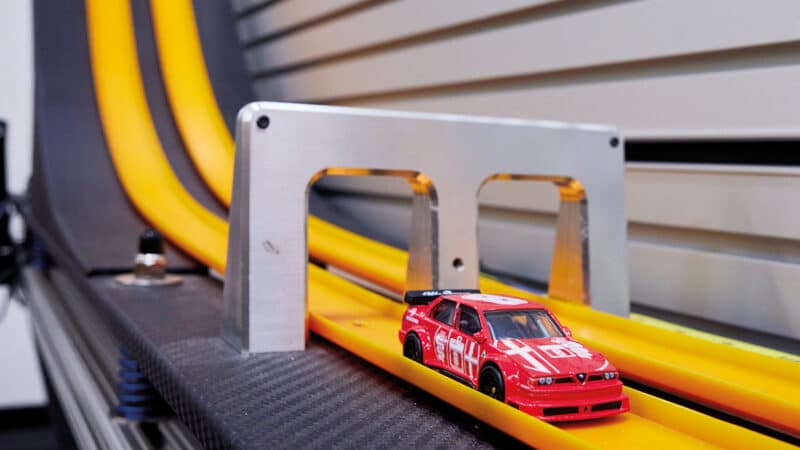
The Mark Jones-designed Alfa Romeo 155 V6 TI touring car as driven by Nicola Larini in the 1993 DTM
David Chickering
Someone else who’s got to live out a childhood fantasy is Ian Callum. One of Britain’s most notable car designers – with the Ford RS200, Nissan R390 and Prodrive’s T1 Hunter Dakar car on the competition strip of his CV – he now helps judge the Hot Wheels Legends Tour, where real-life custom cars compete to be made into a Hot Wheels model. He traces his passion for such cars back to childhood.
“I loved the idea of custom cars and hot rods,” says Callum. “I bought Hot Wheels because they represented something which I admired and wanted to be a part of. They were the quickest line into having American car culture in my life. I fell in love with hot rods in general because they were rebellious. I was at that age in the 1960s when it was good to be rebellious; I had long hair and clothes my father didn’t approve of, and so my Hot Wheels cars were indicative of a lifestyle that suited me. They were aspirational. And I’m glad to say I ended up owning cars that looked a bit like them.”
Designing Hot Wheels for a living is a more convoluted process. There’s a 12 to 18-month sequence of design and verification prototypes and test-track sessions – yes, the Mattel design HQ has miles of iconic orange ramps and loops for clearly very fastidious testing – before production can be rubber-stamped.
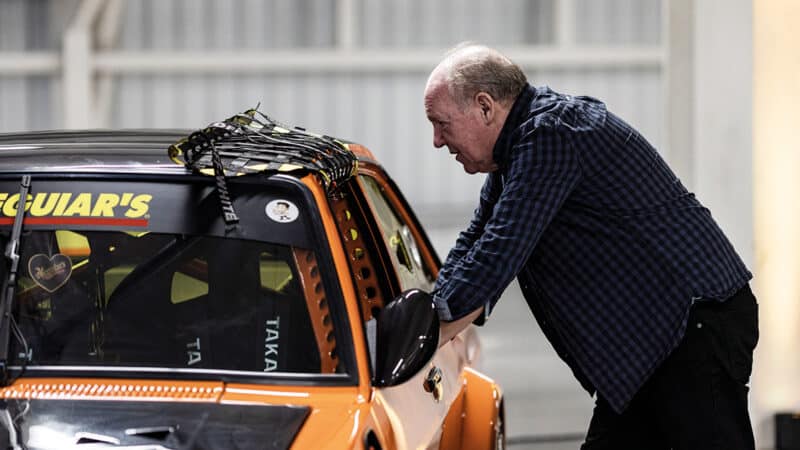
Ian Callum is a fan
David Chickering
“Hot Wheels is not known for scale,” says Mark Jones, a veteran Hot Wheels designer. “We’re trying to fill up our blister packs and give people good value while still attempting to make the car look correct. We need a 30-thousandths clearance [0.76mm] between the tyre and the body for rolling along the floor, too. We’re trying to get that lower, especially on the premium stuff.”
Then there’s the extra challenge of race rather than road cars: successfully imitating old liveries with, perhaps, less child-friendly sponsors needing to be omitted or tastefully renamed. “Some companies own the rights to everything which allows us to use the whole livery. But then it’s limited by our production budget and how many colours we can do. We’re running the production line so fast we don’t apply them as decals, we do a tampography rubber stamp or a laser print instead.”

Life-size Twin Mill has two Chevy V8s totalling 1400bhp.
David Chickering
The finished product should live a long and prosperous life, too. “They’re amazingly bulletproof,” remarks Long. “I have people give me their childhood collections for my son. They might be 40 or 50 years old, and they look battered and bruised, but they function perfectly. As a kid, I loved to take things apart out of curiosity. But with Hot Wheels you can’t take them apart, they’re built so well!”
The most valuable Hot Wheels cars…
Some Hot Wheels cars are rarer and more precious than others. This vastly detailed recreation of a 1955 Mercedes-Benz 300 SL Gullwing, inset, below, commanded a £9350 price when new, though the first example of a 50-car limited run sold at auction for £70,000. Luckily they all came contained in a luscious metal toolbox beside a matching IWC chronograph to help justify the cost.
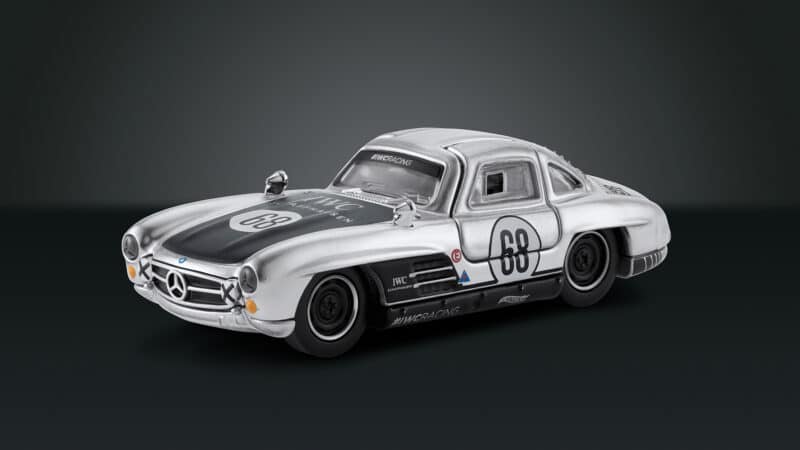
Mercedes-Benz 300 SL Gullwing
That pales beside the current value of the rarest Hot Wheels car of them all, however. Made in 1969, Beach Bomb, above, is a pink VW camper with a rear-loading surfboard which proved too top-heavy during track testing. The design was modified for production, but those flawed prototypes are the ones collectors will crave – but at a value of around £125,000.
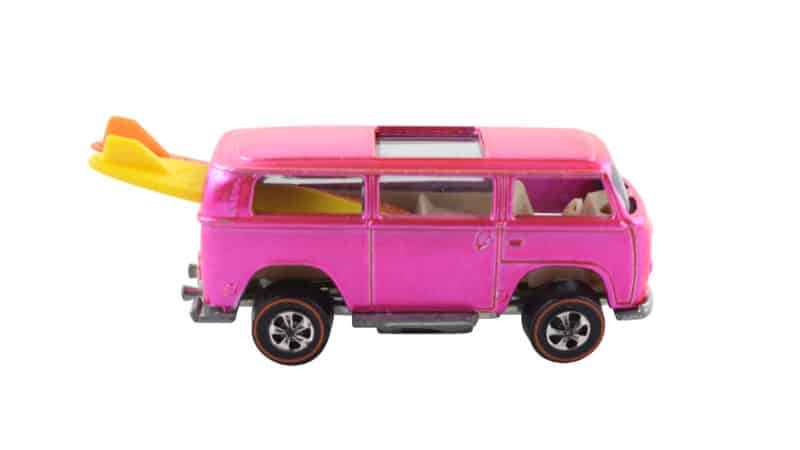
Beach Bomb
